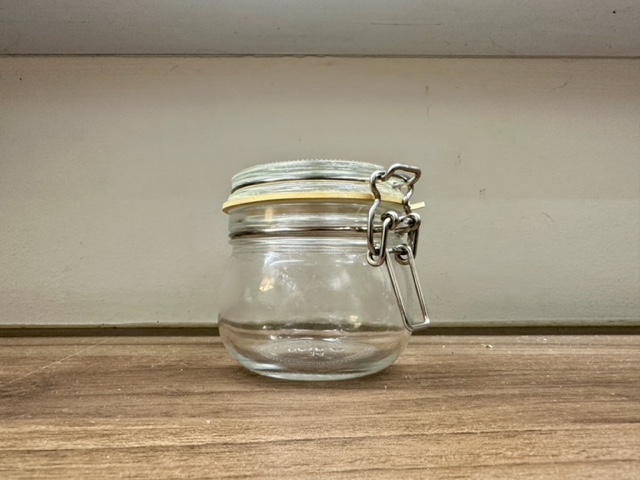
At our gym, each client comes with challenges they aim to conquer.
These primary goals are often health-related. You can think of these as the bottom of your pyramid in Maslow’s Hierarchy of fitness needs. Examples include:
“I’m out of shape and want to improve my fitness.”
“I need to build strength for the long term.”
“I need to maintain bone health and prevent/reverse osteoporosis.”
We believe that the solution to these is strength training. Strength is the foundation of all fitness attributes. Increasing your strength level will also positively affect other fitness aspects, such as your stamina, balance, power, and, to a certain extent, your flexibility and cardiovascular endurance. It also promotes growth in muscle and bone cells.
However, as a few weeks/months passed doing strength training, the “sentimental goals” starts to appear. These goals are less pressing but emotionally significant; these goals often revolve around aesthetics (higher muscle mass / lower body fat) or a desire to recapture a youthful physique:
“I’ve invested time, effort, and money in the gym; I might as well try to look better.”
“I’ve felt stronger, but I aim to return to my weight in my early 20s.”
And to achieve that, most people will say:
“I read in a scientific paper that 8-12 reps are best for building muscle mass, which is my goal!”
“I saw a fitness influencer in a similar situation; maybe her workout would work for me.”
“I think we should incorporate more arm work; your training program seems to lack emphasis there.”
“I WANT HYPERTROPHY!!!”
This problem is very similar to the story about a professor who teaches students the value of prioritizing what’s truly important with a metaphor of a jar, rocks, pebbles, and sand.
To fulfil your fitness goal, you need to fill the jar to the fullest. And you have a few selections of materials to fill that jar.
Rocks: Major compound exercises like squats, deadlifts, presses, and bench presses. They provide substantial stress necessary to meet your goals. The good news is you only have these 4 types of rocks.
Pebbles: Assistance exercises like chin-ups, pull-ups, rows, dips, and variations of the main exercises. These are generally less stressful to the overall system.
Sand: Isolation movements like bicep curls, tricep extensions, calf raises, bent-over flies, and abdominal crunches. These single-joint, specific exercises don’t stress your body as much.
However, I believe this metaphor is incomplete without another crucial component. TIME!
Many clients don’t realize they don’t have enough time to do it all. Balancing careers, family, and personal time means most can only manage a couple of weekly gym sessions, and some even just one.
Now, envision your fitness journey as filling a jar to the fullest, governed by two additional rules:
1. Time Limit: You can fill your jar only within a set time. You’re limited by how much time you can spend training.
2. One Thing at a Time: You can only put one rock/pebble/grain of sand at a time. Each exercise takes up a certain amount of time and energy.
Falling into the Trap
When we shift our focus to chase our “sentimental goals,” we often default to what people commonly think is the best way to create a “good look.”
Usually, people do isolation movements with high repetitions, thinking it’s the best way to create hypertrophy. In reality, isolation movements don’t provide the stress needed to fill in your jar, and the higher volume is an effort that compensates for that lack of stress.
Starting with sand in your training program leads to an empty-looking jar when the time limit is up. This is why people go to the gym for years and look the same—they fail to fill the jar, lacking enough stress for their bodies to get stronger and more muscular.
Two considerations for successful planning
Plan for sufficient time at the gym. Let’s address the time factor. The more time you have, the more you can do to fill the jar.
Practically, 2-3 sessions of 1-1.5 hours per week are enough for most people to start. As you progress, and you can afford the time, 3-4 sessions per week work better.
Even one session per week is better than none, but those doing it once weekly are often frustrated with slow progress. If you only have time to put 1 or 2 rocks into the jar once a week, you shouldn’t expect it to fill up as quickly or as full as someone filling their jar 2-3x a week.
Let’s be honest; it’s puzzling how people have unrealistic expectations for fitness when they can be logical in other aspects of life. We understand that to be good at playing the guitar, frequent and consistent practice is required. Similarly, one hour of practicing the guitar per week won’t make you a rockstar in two months (or ever). We need to apply a similar mindset to fitness.
So, be realistic with the amount of time you can commit to training. If it makes sense to you, stick to it and optimize the programming. If you’re in the less-than-optimal range and can afford to spend more time, scale it up. If not, keep reading – optimize your training.
Optimising your training. Whether or not you have enough time, we must strategize our time usage effectively. The priority should always be your rocks.
If time is limited, put in all the rocks first, then one or two pebbles if there’s extra time. This is the only way your jar will be close to being full. Don’t worry about the sand right now. If you have more time, you can’t keep putting all rocks into your jar! It won’t fit, and it’s too stressful. This is where the pebbles of the exercises come in. They won’t overwhelm you as much, and you’ll get a fuller jar. Then, finally, put in some colourful sand to make you happy.

